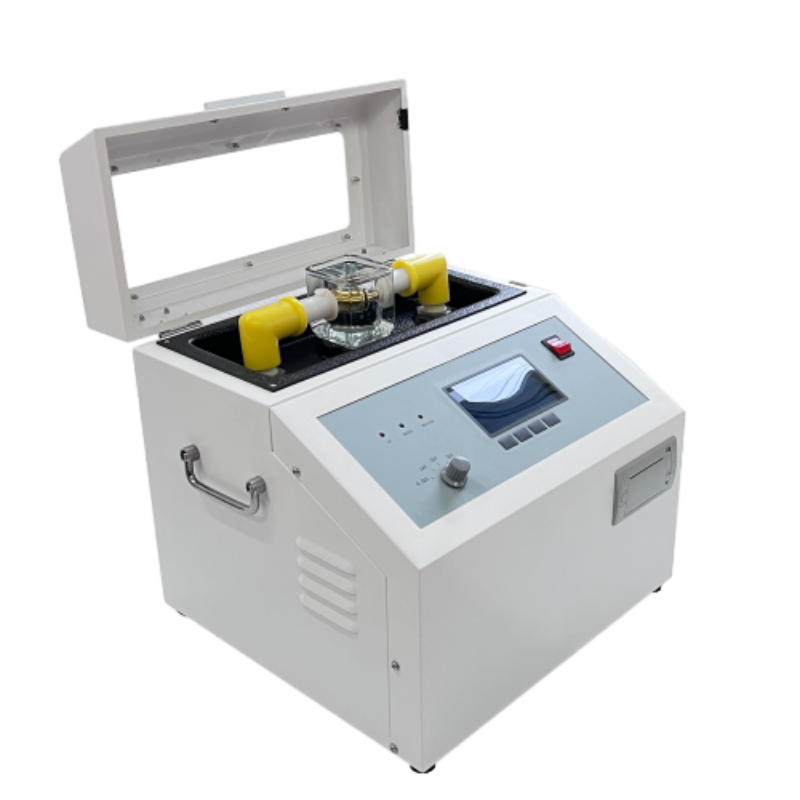 English
English


insulation resistance test of power transformer
Insulation Resistance Test of Power Transformers
The insulation resistance test is a crucial procedure in the maintenance and assessment of power transformers. This test helps ensure that the transformer can operate safely and efficiently while preventing electrical failures, which could lead to costly downtime or catastrophic failures. By measuring the insulation resistance between the windings and the transformer core, as well as between different windings, this test plays a vital role in the reliability of electrical power systems.
Power transformers are typically subjected to high voltage and operational stress, which makes them susceptible to insulation degradation over time. Factors such as temperature fluctuations, humidity, and the presence of contaminants can negatively impact the insulation system. Regular insulation resistance testing helps in identifying potential problems early, allowing for timely maintenance and preventing unexpected outages.
The test is usually carried out using a megohmmeter, a device specifically designed to apply a high DC voltage to the insulation while measuring the resulting current flow. By calculating the resistance using Ohm’s law, the insulation resistance can be determined, typically expressed in megohms (MΩ). A high resistance reading indicates good insulation, while a low reading signals potential issues that need further investigation or corrective action.
insulation resistance test of power transformer

It is important to perform the insulation resistance test under standardized conditions, ensuring that the transformer is de-energized and properly grounded before testing. Moreover, it is often conducted according to specific industry standards, such as IEEE and IEC guidelines, which provide a framework for consistent and reliable testing procedures. The test should ideally be conducted at different temperatures and humidity levels, as these factors can affect resistance readings.
A common practice is to establish a baseline for insulation resistance during initial commissioning. Subsequent tests can then be compared with this baseline to identify trends or significant changes over time. A significant drop in insulation resistance may indicate moisture ingress, contamination, or physical damage to the insulation, prompting further investigation or repairs.
In conclusion, the insulation resistance test is an essential component of power transformer maintenance. By providing critical data on the health of the transformer’s insulation system, this test enables operators to make informed decisions regarding operational safety and reliability. Regular testing not only helps prevent electrical failures but also extends the lifespan of the transformer, leading to improved efficiency and reduced operational costs in the long term. Thus, the insulation resistance test is a fundamental practice that underpins the effectiveness of electrical power distribution systems.
-
Differences between open cup flash point tester and closed cup flash point testerNewsOct.31,2024
-
The Reliable Load Tap ChangerNewsOct.23,2024
-
The Essential Guide to Hipot TestersNewsOct.23,2024
-
The Digital Insulation TesterNewsOct.23,2024
-
The Best Earth Loop Impedance Tester for SaleNewsOct.23,2024
-
Tan Delta Tester--The Essential Tool for Electrical Insulation TestingNewsOct.23,2024





